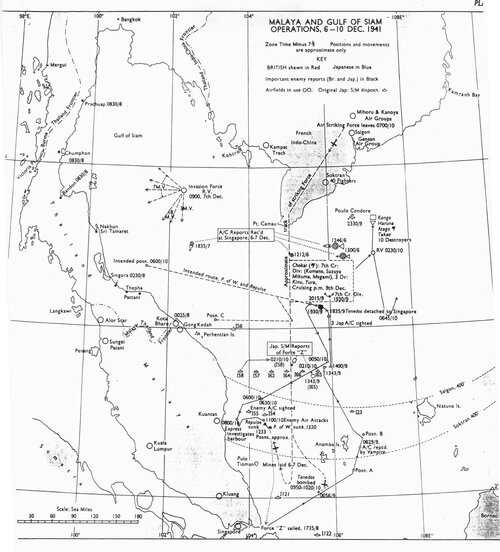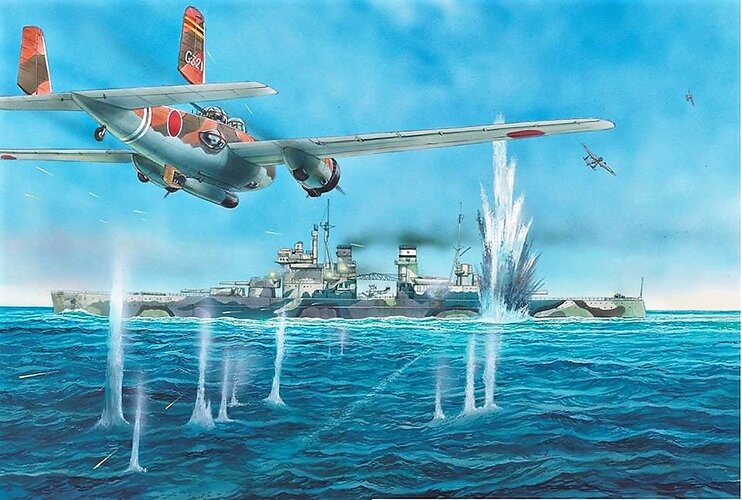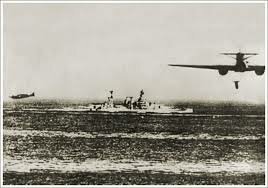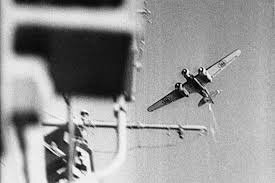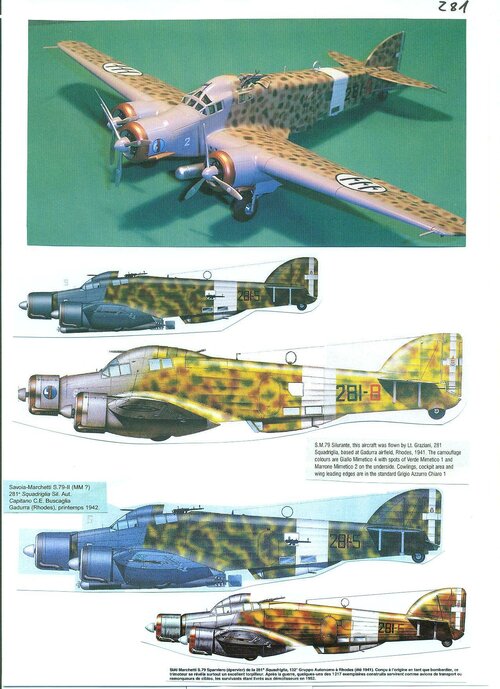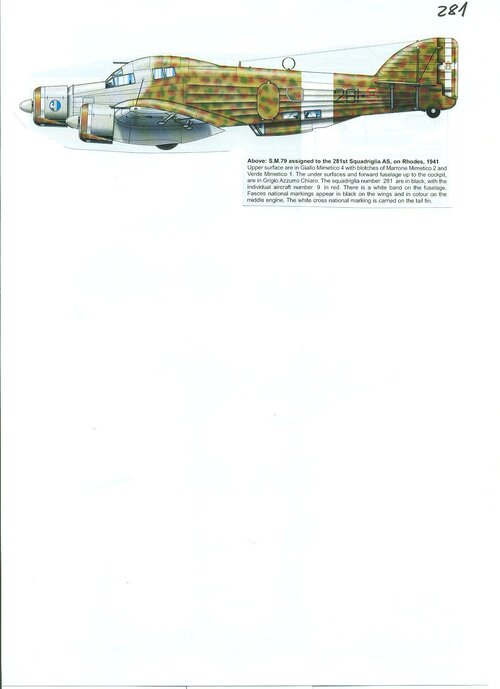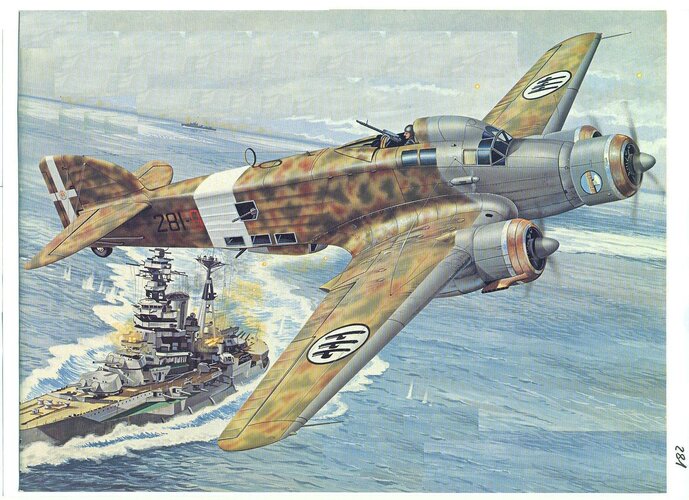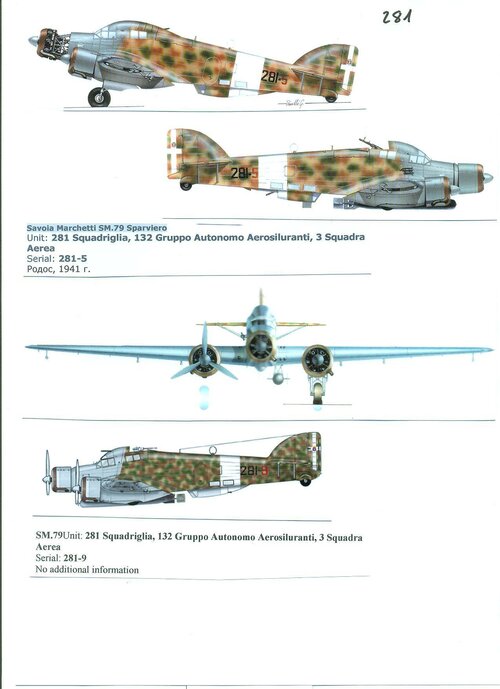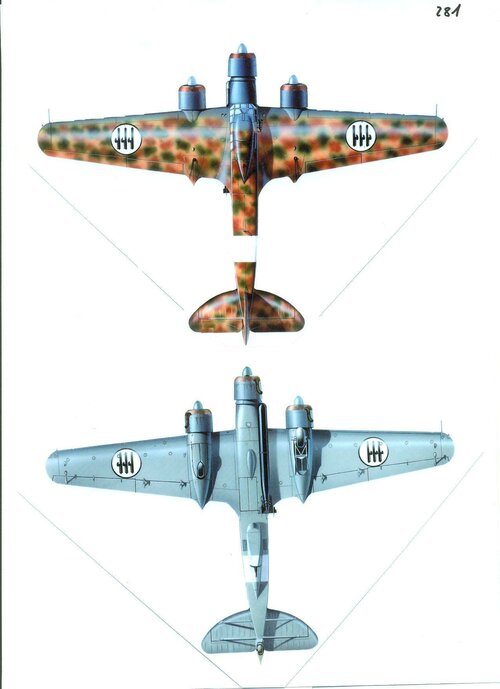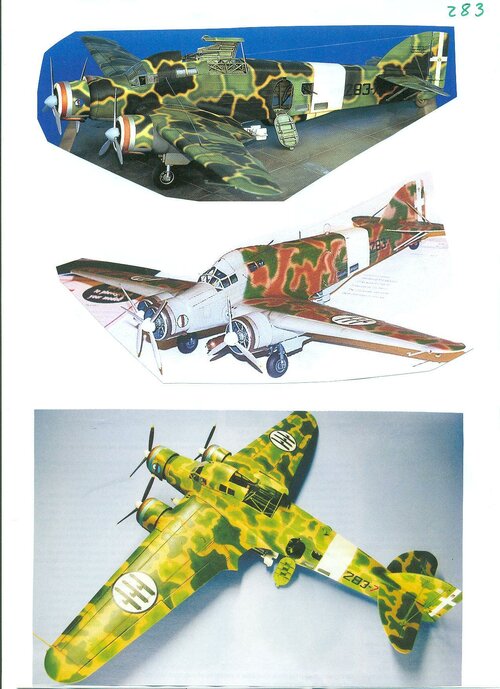This is for the benefit of everyone else as
@NOMISYRRUC has me on ignore at the present time (see post #52)!

This is the second time in recent months that I have seen Dr Clarke’s video referred to with his assertion that Churchill suspended all the carriers when he became First Lord of the Admiralty on 3 Sept 1939. Anyone got a link to it as I haven’t been able to find it? I would love to know the basis for that assertion as in all my researches on the class and British warship building around that time I have found NO evidence for it. In fact there seems to be plenty of evidence to the contrary.
The Illustrious/Implacable classes were subject to delay almost from the very start. Much of their armour, and that for the Fiji class cruisers, had to be ordered from Czechoslovakia due to a lack of capacity at the time in the British armour industry, with priority going to the battleships. Deliveries from there continued right up to August 1939, but not everything ordered was delivered. And with that armour being structural on the carriers most of it had to be in place before launch.
Circa three years build time seems to me to be a reasonable length of time for a carrier in the lead up to WW2. Ark Royal took 39, Illustrious 36, the first two Yorktowns took 39 & 46 (although Hornet only took 25), Wasp 47, while the Essex class were planned for 36. The Shokakus took 44 & 39 months. But the Admiralty were hoping for the Implacables in 32 which seems a bit optimistic.
In
1938 it was estimated that armour delays would add 9 months to the build time of Indomitable. That was why the opportunity was taken to modify her design to include as many features of the 1938 carrier (Implacable) as possible given the state of her build at that point, most notably the half hangar aft. (see Friedman, “British Carrier Aviation”). And after war started modifications began to be made to designs in the light of early war experience.
ADM 1/10112 dated
28 March 1939 noted that the Controller had reported a couple of weeks previously, that completion of the first two 1936 Programme carriers had been delayed and that the new completion dates were expected to be as follows:-
Illustrious – mid-May 1940
Victorious – mid-Sept 1940
Note that this is before either ship was launched. The Illustrious then completed to that schedule but Victorious was further delayed.
By 1939, the Admiralty was still planning its future Programmes and had agreed to order a single carrier in each of the 1939, 1940 & 1941 Programmes. It also planned in the summer of 1939 for what it would it would do in the outbreak of war in the short term, both in terms of ships it would cancel or suspend and ships which it would add to the building Programmes. (See Moore “Building for Victory”). He specifically notes that, at a meeting on 21 July 1939, in relation to these plans, “The aircraft carriers were to go on including the 1939 programme ship (INDEFATIGABLE) which had just been ordered and laid down.” (In fact at that point while Indefatigable had been ordered on 19 June 1939, she wasn’t laid down until 3 Nov 1939).
On the 4th Sept, the day after Churchill took office, that plan was implemented with modifications only to the cruiser and smaller warships. Further changes were made in Oct 1939 to the battleship programme. Moore makes no mention of any changes to the carrier programme at this time. Churchill isn't even mentioned by Moore as being involved in that process, but much rested on the Treasury and what they felt could be afforded.
In Appendix 4 Moore gives the Admiralty’s anticipated completion dates for ships of cruiser size and above at various dates (with suspensions noted where appropriate with an ‘S’). He also notes “The reality in the shipyards was not always translated into reduced expectations at the Admiralty”.
| Programme | Ship | As at 9/39 | As at 9/40 | As at 3/41 | As at 9/41 | As at 3/42 | As at 9/42 | Actual completion | Total build time (months) |
| 1936 | Illustrious | 5/40 | | | | | | 25/5/40 | 37 |
| 1936 | Victorious | 9/40 | 12/40 | 5/41 | | | | 15/5/41 | 48 |
| 1937 | Formidable | 10/40 | 11/40 | | | | | 24/11/40 | 41 |
| 1937 | Indomitable | 4/41 | 6/41 | | | | | 10/10/41 | 47 |
| 1938 | Implacable | 10/41 | ? | End 1943 | 03/44 | 12/43 | 01/44 | 28/8/44 | 66 |
| 1939 | Indefatigable | 6/42 | S | Mid 1943 | 12/43 | 12/43 | 11/43 | 3/5/44 | 54 |
There are a number of points that seem to me to refute the assertion that the carriers were all suspended when Churchill became First Lord on 3 Sept 1939.
Illustrious completed in May 1940, just as predicted in March 1939 and as predicted in Sept 1939.
Indefatigable was ordered in June 1939 and laid down in Nov 1939 after Churchill’s appointment. She was suspended in May 1940 following the crisis in France. The Admiralty ordered work on her restarted in Sept 1940 with Churchill himself noting on 15 October “press on with Indefatigable but we do not need to consider a new carrier until early next year”.
Other points of interest relating to the delays in building these ships include
The Blitz – for example Barrow where Indomitable was building, was heavily hit in April 1941 with the destruction of 25% of the housing stock. While the ship herself was not damaged there would have been disruption in the yard while workers found new homes and pushing her completion date back. She actually sailed on trials on 7 Sept 1941.
The same thing happened at the John Brown yard at Clydebank where Indefatigable was building. Again damage to the yard was light but the surrounding town became the most heavily damaged place in the country. For a couple of days after the raid only some 10% of the workforce turned up for work. By the end of the following week it was 70% and the week after 80%. And some disruption continued after that.
While Implacable building at Fairfield on the Clyde was never suspended, the yard had too much work in hand in 1940/41 to make any progress on her for 13 months between March 1940 and April 1941. To put it in context they reportedly had as much work on hand as John Brown but with half the workforce. Orders for two destroyers were moved to John Brown during this time. (Moore).
Implacable & Indefatigable were also delayed by redesign work, ever changing priorities, large amounts of repair work in the yards and by machinery defects after they left the yards on trials but before those completion dates noted.
As for Victorious I’m still puzzled by the delays to her. She was on the slips for 4 months longer than Illustrious but the same length of time as Indomitable which required all those design modifications while under construction. She then took an extra 7 months to complete, some two months more than even Indomitable. I’m not clear how badly she would have been affected by armour delays.


